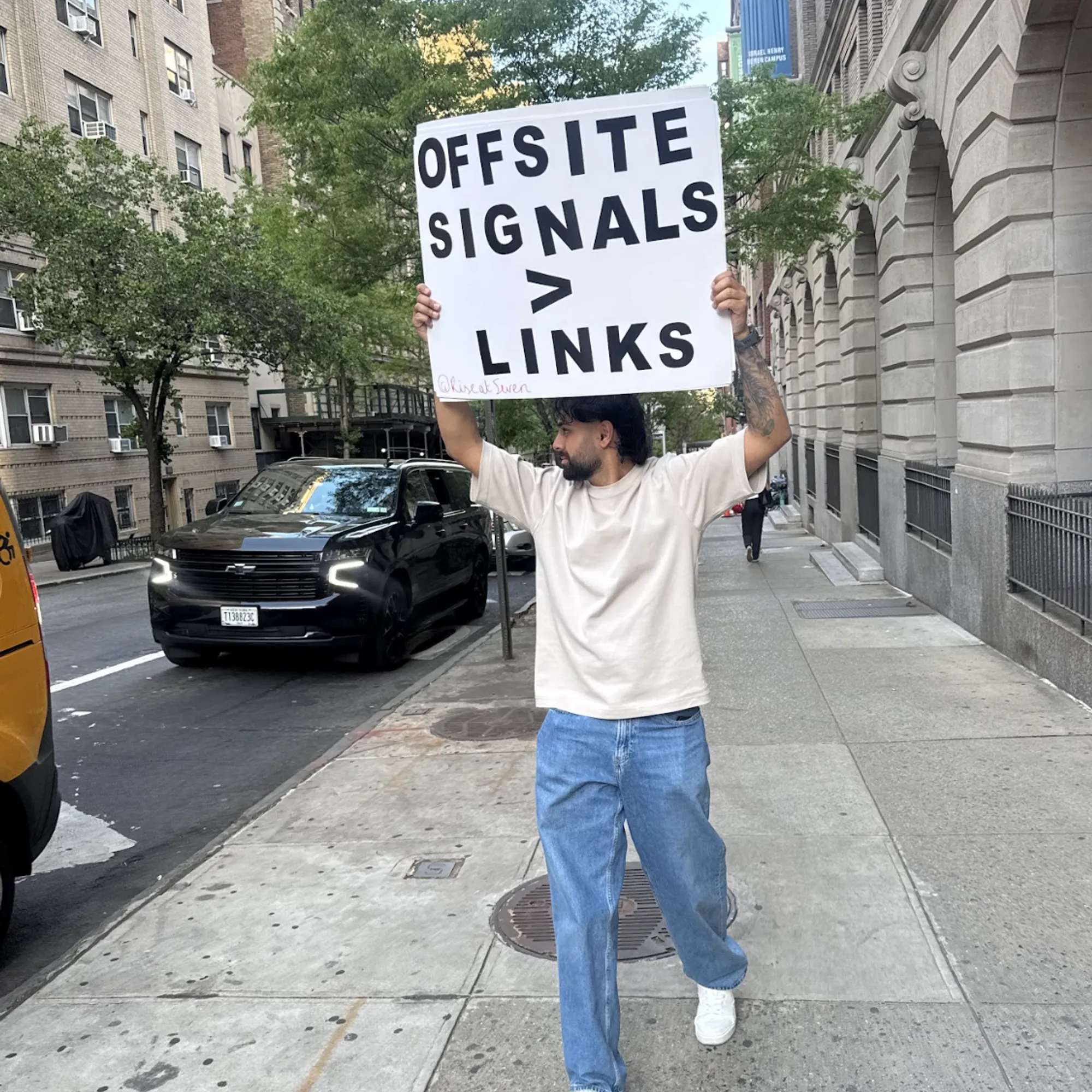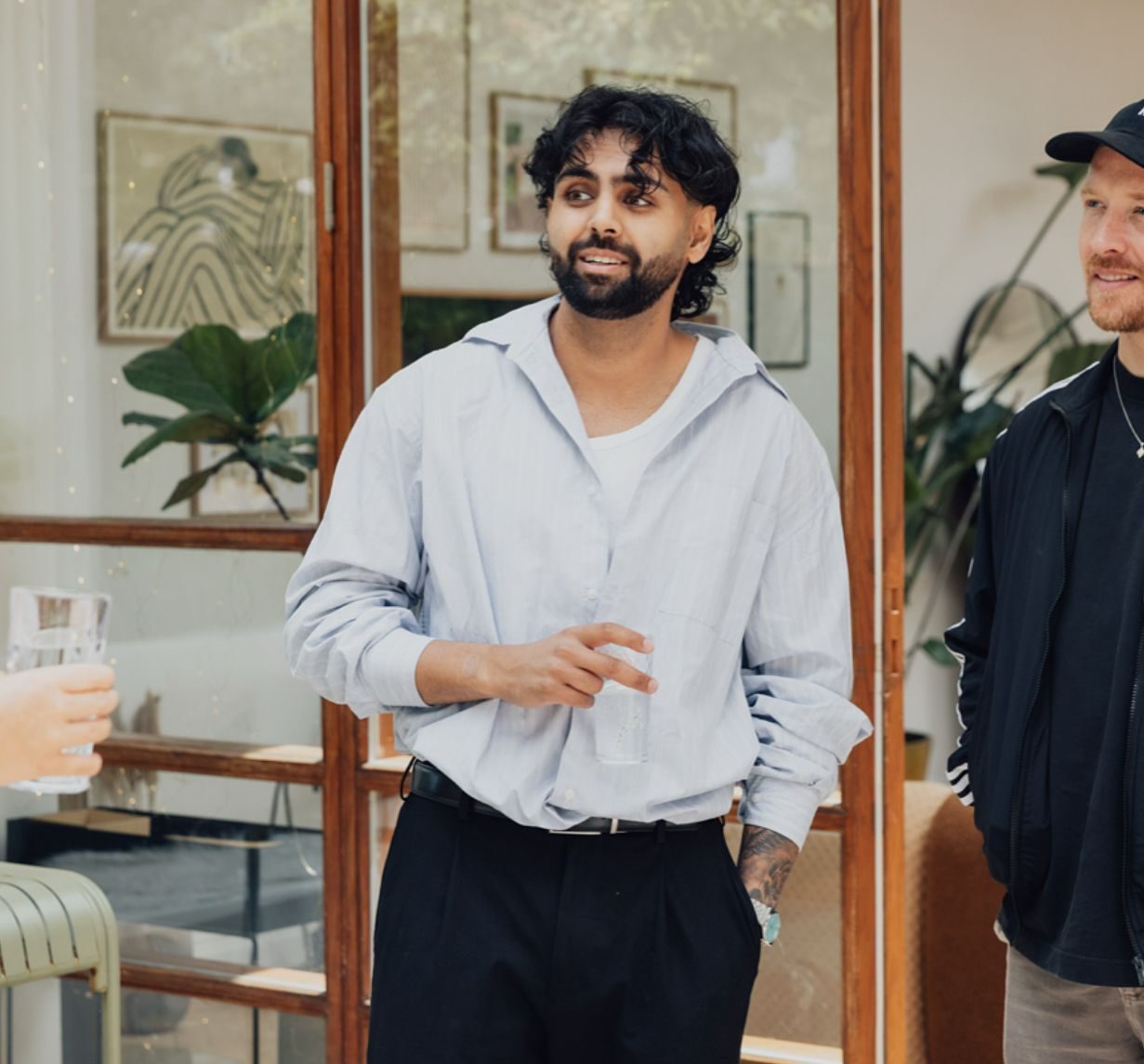
5 key factors to a successful international SEO strategy

Before you read this article, there is something I need you to know: this is not another blog post about hreflang and whether domains are better than subfolders for international SEO.
Working in SEO often means becoming a connector for different departments. From getting SEO recommendations implemented in the development team to getting buy-in from business departments and understanding your users, we know that people are our main stakeholder.
However, we often get too lost in tools, numbers or harassing John Muller with questions on Twitter.
Something very similar happens when it comes to international SEO. We get the hreflang implementation done, decide on a domain structure and get our site translated. Voilà, you got yourself a failed international expansion.
The people factors of success in international SEO
A good technical implementation is the bare minimum in your internationalisation strategy, but what can really make or break your strategy are the human factors behind it.
Algorithms, websites and Google itself are built by people. This happens typically in an English-speaking environment and without a multilingual approach behind it, therefore the web doesn’t adapt particularly well to different languages and cultures.
What this means for your international SEO strategy is that you can’t just rinse and repeat what’s working in your English-speaking markets. You need to get smart and get creative.
“When starting with international SEO too many think about n hreflang or whether using ccTLDs or subdirectories or if it’s okay to feature too similar content across different countries. These and any other tech and content configurations at the end should reflect the site international targeting and identified user search behavior in each target market. That’s where any international SEO process should start: by understanding if the site is language or country targeted, what’s the search behavior of the target audience, who are the competitors and what the SERPs look like. If these are correctly assessed and identified at the start, the rest will be established in a rather straightforward way” - Aleyda Solís, international SEO consultant.
1. Google’s natural language understanding varies across languages
I like to think that search engines speak two languages: content and HTML.
The level of natural language understanding does not affect Google’s ability to understand what is a menu or a footer, the relationships between entities or the information structure. Content is an entirely different story.
The way in which Google has progressively gotten better at understanding natural language has been one of the main drivers of change in the SEO industry.
Anyone who got hit by the Panda update will know that bad content is no longer tolerated at the top of the SERPs. Nowadays we’re obsessing over BERT, MUM, entities, passage indexing or EAT. SEO has shifted forever thanks to Google’s semantic understanding of the web.
However, this shift has also been English-first, with other languages dragging on behind it.
How can you leverage this in your SEO strategy?
Some old SEO strategies might still be working in your market. Keyword stuffing might still be a winning resource and poorer content might rank in the SERPs.
This can help you understand why your competitors are outranking you. It also gives you a clear roadmap of improvements, for your existing international sites. You know what good looks like when Google understands the language, which will allow you to futureproof your work.
2. Technology is built English-first
If English is your first language, it’s likely that you are not familiar with the pain of special characters messing up your URLs and file names. Or how character limits on title tags and meta descriptions allow full sentences in English and barely a couple of words in French or German.
English as the lingua franca in the western world has two main implications for your SEO strategy: information density and special characters.
English is the language with the highest information density. In other words: you can say a lot more in English than you’d be able to say in any other language with the same number of characters.
In spoken language the differences in information density disappear through faster speech, but we can’t escape them in writing. Character limits, snippets and previews are designed with English in mind, which means:
- Without a strategy, special characters can become your worst enemy. Accent marks, funny-looking letters and unconventional punctuation marks can ruin your file names, URLs and conversion rate.Evaluate your market and have a strategy in place for how you’re going to treat special characters in forms, URLs and your content.
- In URLs and file names I choose to remove accent marks and anglify special characters.
- When it comes to the content and forms, have a conversation with the development team to find the best solution that works with the rest of our systems. Forms should allow special characters to provide a good user experience, but if these are incompatible with the rest of our systems (such as CRM and marketing platforms), there needs to be a solution in place before launching.
3. Understand how the press works in your target country
Your backlink profile is one of the strongest localisation signals for search engines. A rich profile of local publications and ccTLDs (country code top-level domains) can indicate to Google that you are an authority in your field and relevant for your target locations, which will help you rank.
The best way to get your brand out there and get relevant in a new market is through digital PR. Obviously this is our bread and butter at Rise At Seven, but doing it internationally requires an extra layer of strategy.
This is what you need to know to plan digital PR campaigns internationally:
- Get to know the media landscape. Find out what media groups are dominating the market, how many media outlets are there and what’s their level of regionalisation and topic specificity.
- Get to know the journalists. Learn what they like to write about, how much detail they go in on their articles and how frequently they write. Talk to people within the industry to understand when they pitch their stories to editors, what time they start work and how likely they are to cover brand stories.
- Get to know how links are built and earned in the market. Links are being built left and right across the world and they’re the very basis of the web. In some markets paying for links is very common, while others have moved on from these strategies. Outside the UK, digital PR is known as content marketing or as link building. Knowing how the SEO industry talks about this will help you communicate with your clients (if you’re agency side) and how it’s perceived.
4. Create a process you can trust
When working with data we rely too much on understanding the context rather than the data itself. When you’re working in a language that you don’t understand you don’t have this option, so you need to make sure you have a process in place that you can trust.
The process of keyword gap analysis, reporting or technical audits should be the same, no matter what language they’re in, but when we’re left without the clutch of context we can feel lost. This is a wake-up call to the fact that our processes are not as airtight as we like to believe.
So how do you implement this in practice?
- Document your processes step-by-step. This will help you feel more grounded and confident when working in other languages. As an added bonus, it can serve as training material for more junior members of the team and to unify methodologies across your company.
- Keep evaluating your processes. Check in regularly with native speakers within your business to check that your reporting, keywords research and technical audits make sense.
- Educate your team. Make it your goal to make sure other departments such as design, data or development feel as confident as you working in other languages. Put in sign off processes in place to reassure the teams and uphold your quality standards.
“Create a process you can trust and one that your stakeholders can trust. Remove elements of complexities and push backs down the line by involving them in creating the process from the start. It might seem a long and grueling task at the beginning, but you’ll thank yourself later when your project runs like a well oiled machine.” - Dewi Nawasari, Organic International Expansion Specialist
5. Get to know your users’ intent and pain points
Digitalisation has happened at different speeds in every country. This impacts user behaviour in different ways - when they search, when they shop and how they consume content.
When it comes to searching, we can notice a difference in the user’s search journey. Less mature markets concentrate search volumes on generic keywords and refine their searches progressively, while users in more digitised markets are more likely to search with longer tail keywords.
A really common mistake is assuming that users typing in similar keywords in another language are going to have the same intent. You should make evaluating user intent part of your keyword research and keyword mapping process. For this I personally recommend the See, Think, Do, Care framework.
When it comes to ecommerce, the user’s level of trust when buying online is the key to unlocking conversions. Look at ecommerce expenses and transactions data to identify how comfortable your audience is buying online and adjust your strategy accordingly.
On lower trust markets you’ll want to feature trust signals more prominently, such as reviews, security certificates and a range of payment options. Look at your users' preferred methods of payment in each territory and be ready to provide it.
You’ll also want to analyse the pain points of your audience in each territory one by one and adjust your content strategy and the copy of your site to address them.
I hope this article has given you insight on how to build a successful international SEO strategy and has shifted your focus from technical implementation to the people factors of SEO.
Want to know more about how we can help your international SEO strategy? Talk to me at lidia.infante@riseatseven.com or slide into my DMs!
















